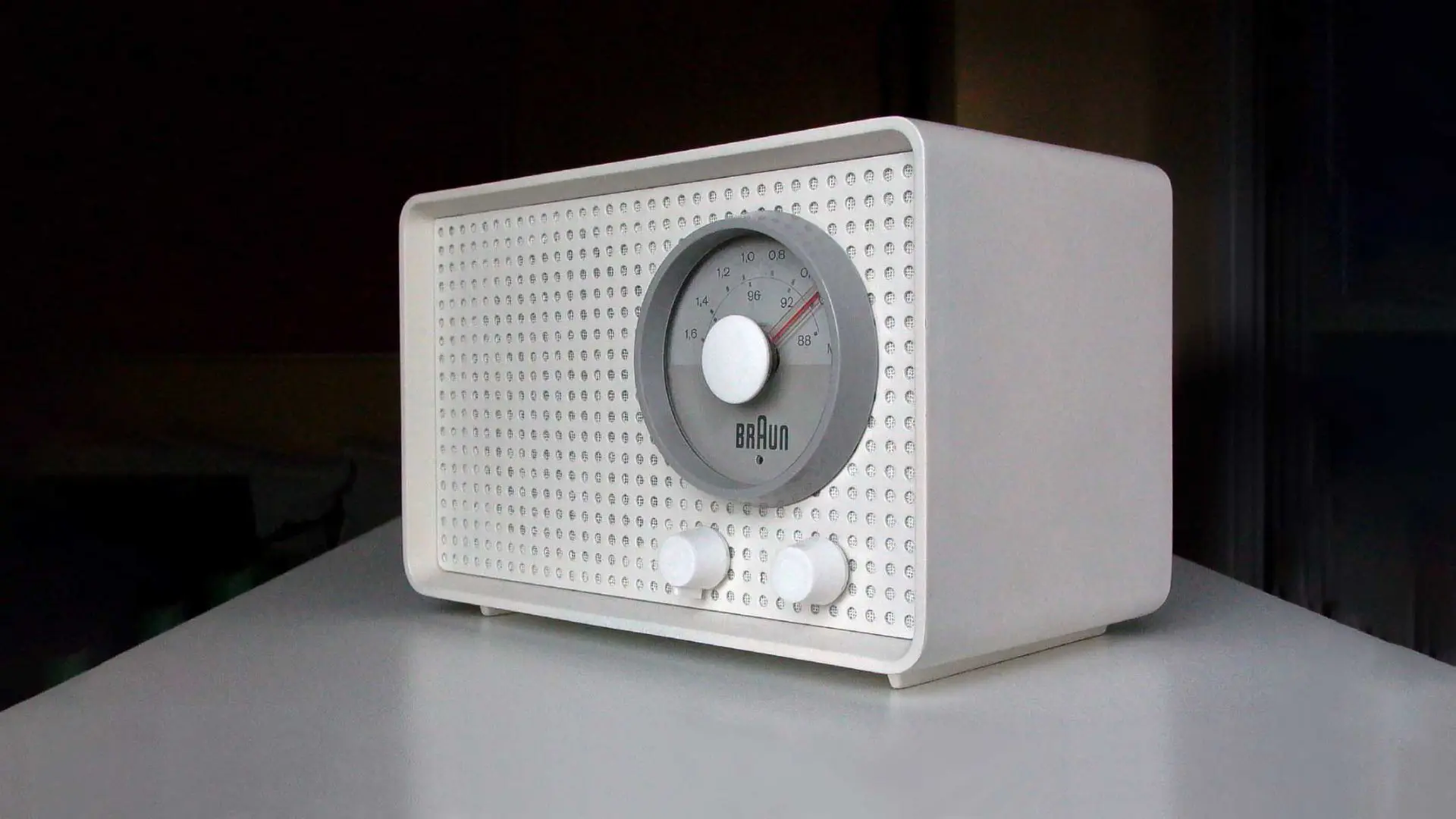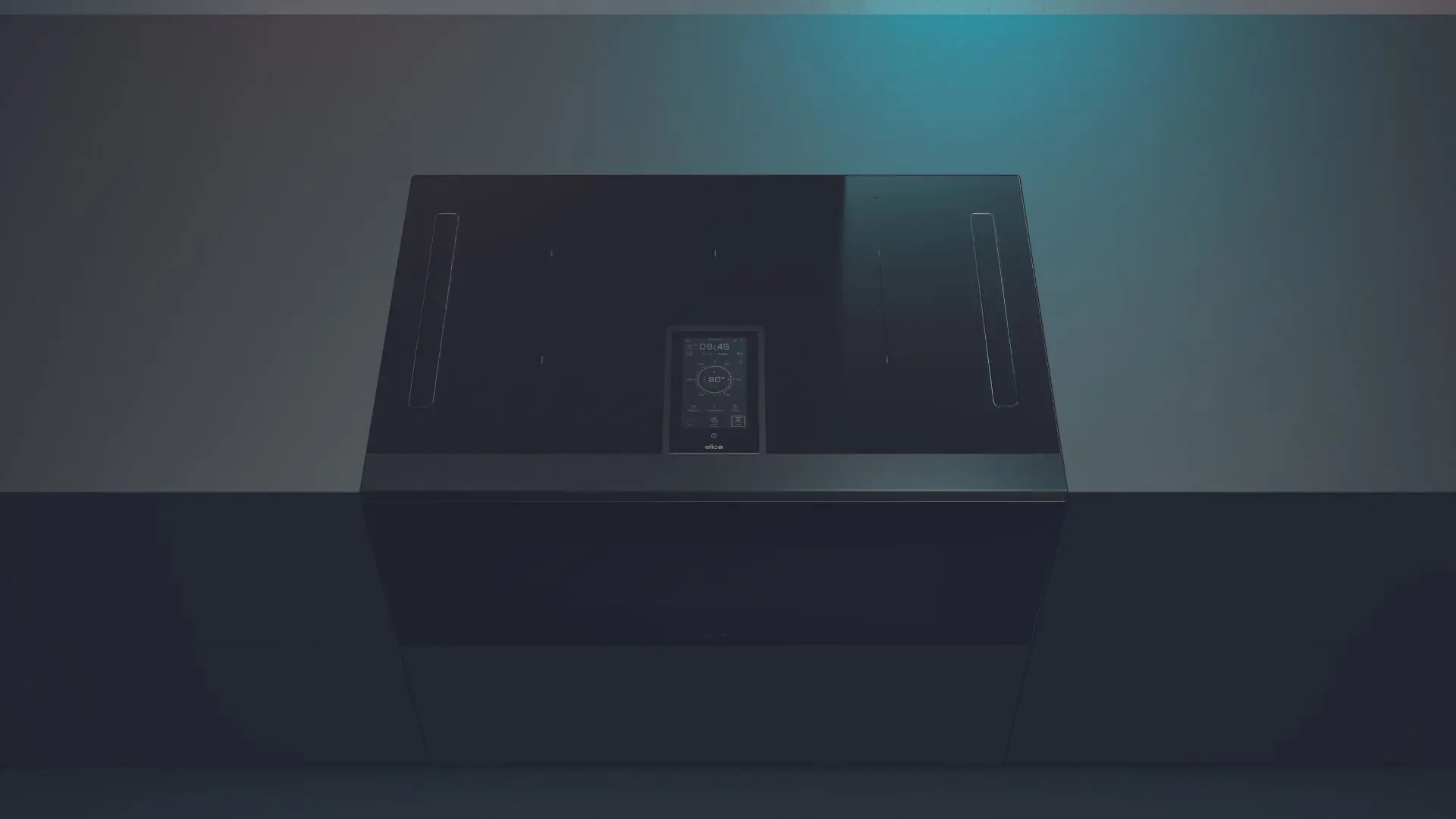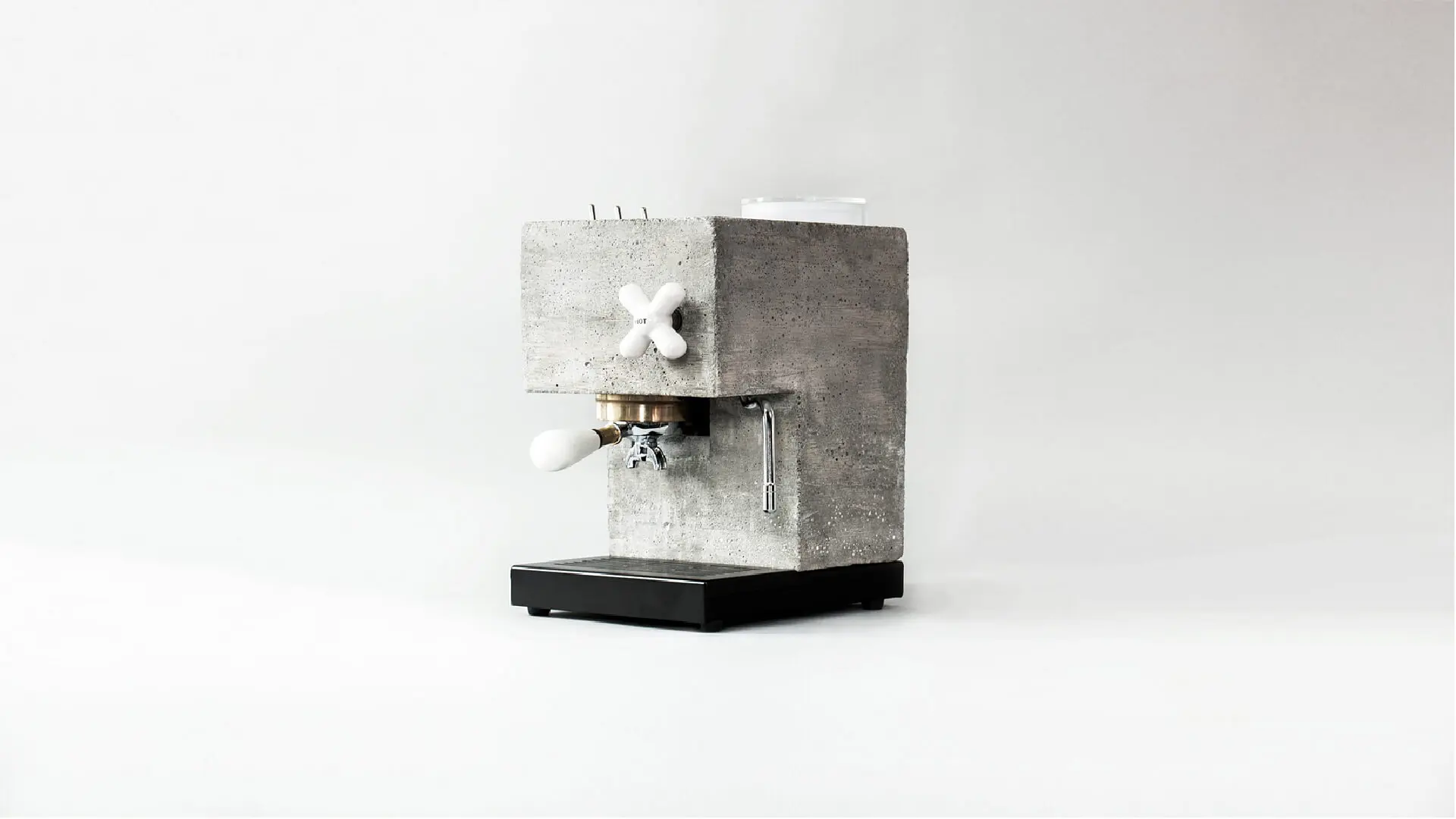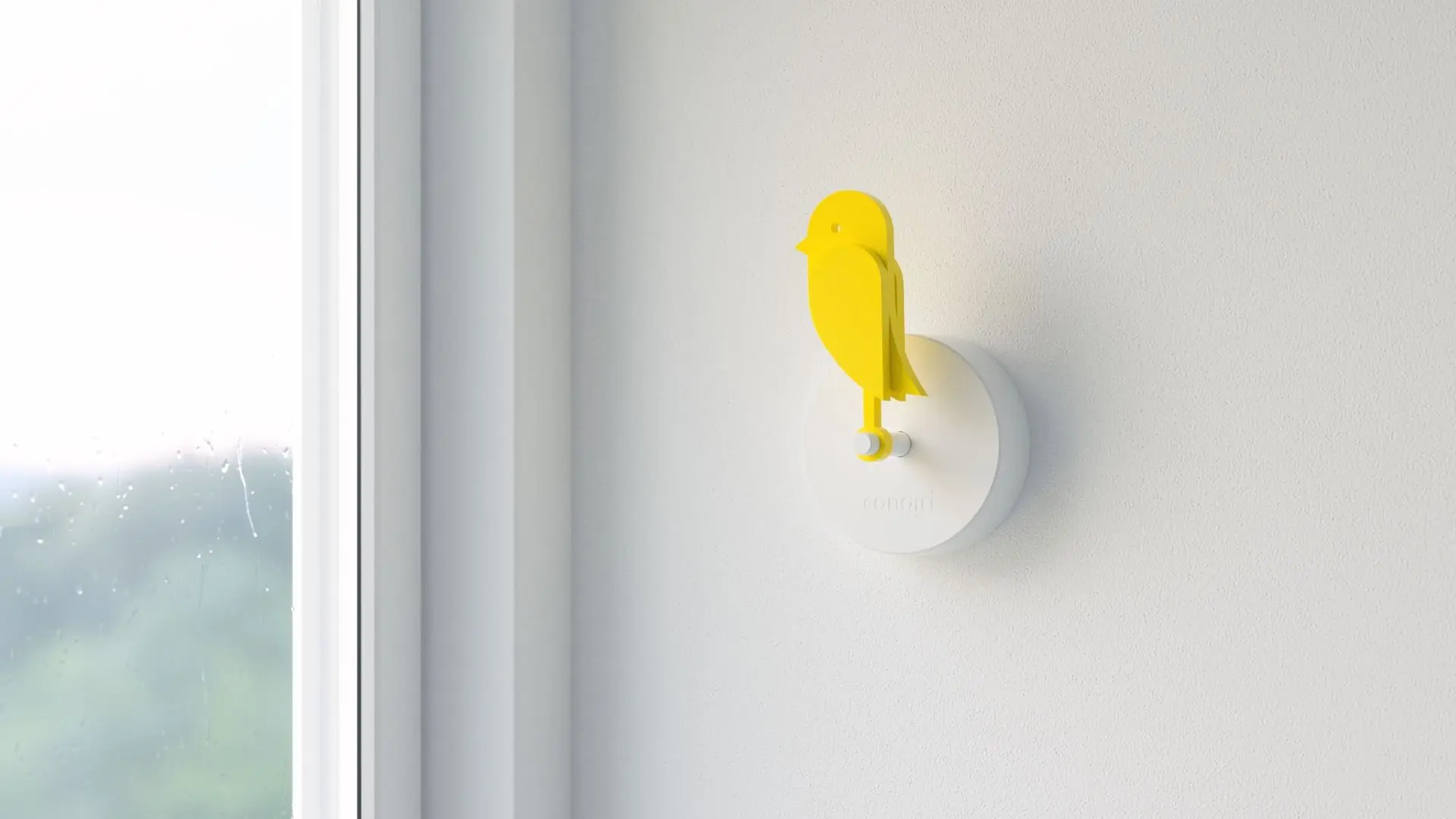Braun designs are simple, useful and built to last
Braun is the German company that made ‘good design’ a function-oriented philosophy.

It’s been a century since 1921, when Max Braun, a mechanical engineer, opened a small engineering store in Frankfurt, producing components for radio sets.
In a decade, Braun’s ability to transform its progressive ideas and the latest technical developments into marketable products, turned the company into one of the first European manufacturers to combine a radio and a record player in one unit.

With 3 million units sold during World War II, the Manulux, a mechanically driven pocket flashlight, was the first Braun product to be mass-produced.
Soon after the end of the war, Max Braun realized the potential of new market segments, such as the kitchen and the bathroom’s appliances: in 1950 the Multimix Kitchen Blender and the S 50, the first dry foil shaver, put the foundations for two product divisions that still represent Braun’s core segments.

Arthur and Erwin Braun’s new direction
When in 1951 Max Braun unexpectedly died, his sons took over the management of the company to reorganize it and extend its product lines, pioneering also the concept of corporate social responsibility.
The new emerging living styles, designed by Charles and Ray Eames and Knoll International among others, inspired the Braun brothers into a new stylistic orientation for their company, whose first sign was the change of Braun’s logo in 1952.

The Bauhaus Influence
In 1954 Erwin Braun met Wilhelm Wagenfeld, an industrial designer pioneer that along with other Bauhaus scholars such as Otl Aicher and Hans Gugelot, became one of Braun’s key partners in the development of a new image for the entire record player range.
The new design team introduced cool and technical aesthetic forms in contemporary living rooms: products such as the SK1, the TS-G and G-11 radios and the PK-G music cabinet were internationally acclaimed by personalities such as Oscar Niemeyer and Walter Gropius – of course.


The SK 4 record player
In 1955 Braun asked a young architect, Dieter Rams, to redesign the brand’s offices and showrooms: the following year Rams came up with a simple idea that would represent the first milestone of his career. His revolutionary choice to use a plexiglass lid for the SK 4 record player, aka the Snow-white’s coffin, quickly became industry-standard.
Curious to know more about one of the most important figures of industrial design? Head to Design Icon – Dieter Rams.

The Dieter Rams Era
Dieter Rams soon became responsible for all Braun’s designs, leading a team that was officially established in 1961 and that the designer would guide till 1995.
In everything that Rams created in his 40 years at Braun, function is simply and logically organized, for minimalist and elegant results: he developed a total white and grey palette, with other colors used for specific functions only, and when in 1965 Rams switched to black for sound devices, all the industry did the same.


Braun Today
Braun’s intention to design simple, useful and built to last objects still marks the brand’s most famous products and timeless icons: among others, the Sixtant SM31, one of Braun’s best regarded electric razors, and the ET 33 calculator, whose ease and functionality inspired the design for the Apple iPhone calculator.
Discover more iconic industrial design brands, don’t miss Design Icon – Dyson.







